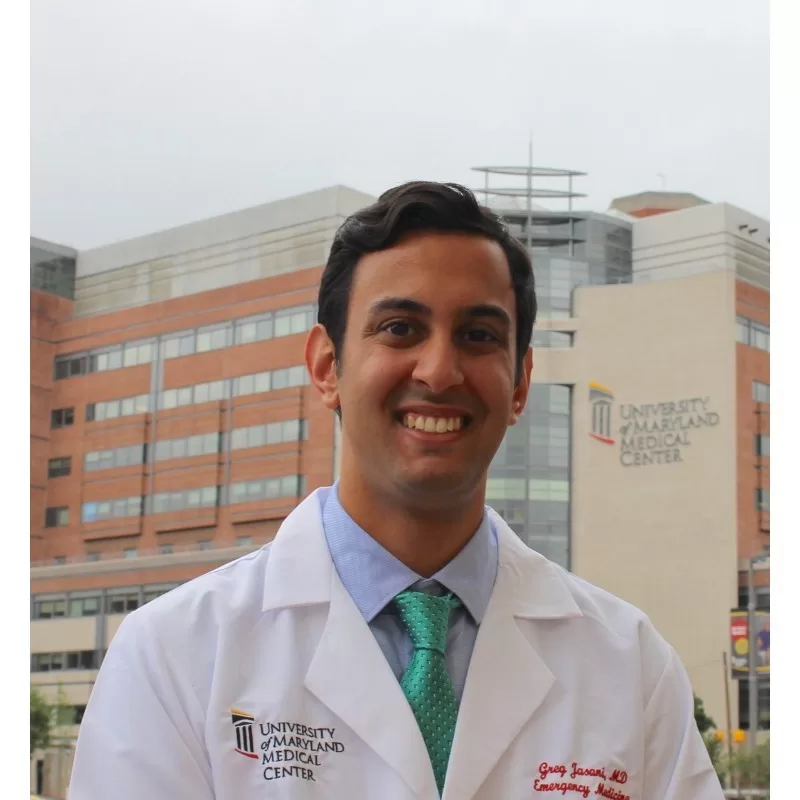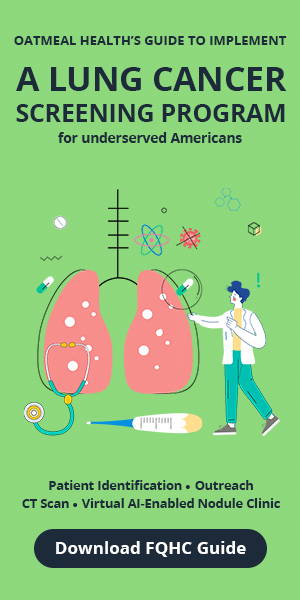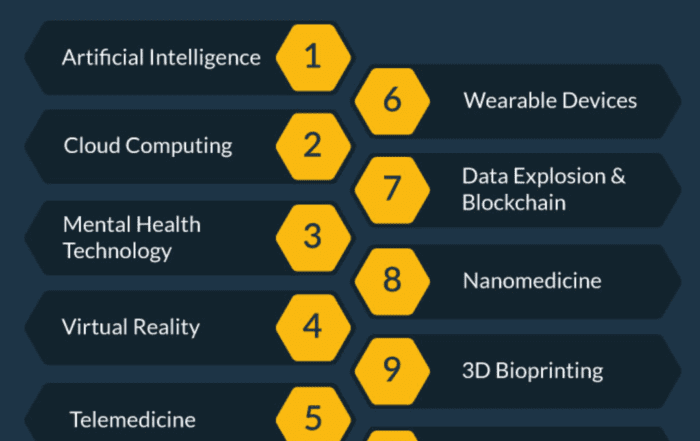Share this article and save a life!
As we all get ready to watch the Super Bowl this weekend, the sports pundits are focusing a lot on defense. Will either defense be able to contain Patrick Mahomes or Jalen Hurts? How many points will each surrender? How much pressure will the defense put on either quarterback?
In the medical field, we also play defense. Doctors and other healthcare workers, especially those in primary care, seek to keep their patients from developing chronic diseases like high blood pressure, diabetes or congestive heart failure. They also perform vital screening exams, such as colonoscopies and pap smears, to detect cancers early when they are much more easily treated.
As players and coaches make their final preparations, I think it’s worth reviewing our game tape and asking ourselves how well we in the medical field are playing defense. Unfortunately, the answer is that our current defense is incredibly porous. Far from containing the disease, we are letting it run rampant.
The Xs and Os: Why the best offense is a good defense
Much like in football, defense wins championships. It’s always better to prevent a patient from getting a disease than to treat it once they have it. It’s much better to keep a patient from getting diabetes than having to amputate a leg as a result of years of uncontrolled blood sugar. It’s also preferable to diagnose cancer when it is contained than when it has metastasized to other parts of the body.
Playing effective defense not only leads to better patient outcomes but it also saves the healthcare system a lot of money. According to the Surgeon General’s National Prevention Strategy, reducing the number of Americans with high blood pressure by 5% would save approximately $25 billion. Similarly, preventing even one person from contracting HIV could save $355,000 in treatment-related costs.
Defensive Breakdown
Unfortunately, our ability to identify and prevent diseases in this country is woefully lacking. According to the CDC, over 75% of all healthcare expenses are on treating chronic conditions that could have been avoided with proper preventative care. Yet the cost of our failures go beyond dollars and cents; the CDC predicts that over 100,000 people die annually in this country from those same diseases.
Similarly, our ability to adequately screen for cancer is suffering. According to the American Cancer Society, over 9 million Americans did not receive their recommended cancer screenings in 2020. Admittedly, this was partially driven by the onset of the COVID-19 pandemic however it still speaks to the difficulty many Americans have in accessing these basic services.
Why is our ability to prevent disease and screen for cancer so abysmal despite how much money we invest in healthcare? The answer, in my opinion, is simple: we haven’t invested in primary care. Our system rewards proceduralists and sub-specialists, the physicians needed when preventative care fails. Consider this: the average salary for a pediatrician is approximately $170,000. Meanwhile, a plastic surgeon can expect to make approximately $480,000. Is it any surprise, then, that medical students, burdened by inordinate debt, are shunning primary care fields in favor of becoming proceduralists and specialists?
Shoring up our defensive line
In order to better protect our patients, we need to not only make significant investments in primary care but also fundamentally rethink how healthcare is delivered in this country.
First, we must reward our primary care physicians. Much like a football team may spend money and draft picks to acquire star defensive talent, we need to make sure that primary care is an appealing, and financially feasible, career choice for graduating medical students. Currently, we are on track to have a shortage of 55,000 primary care physicians by 2033. We must actively work to reverse this trend. That will mean increasing compensation both in terms of physician salaries and insurance fees for preventative services. Given that Medicare just cut physician fees by over 2%, impacting primary care physicians the most, it will certainly be a tall order to make primary care financially appealing.
Additionally, the current crisis should also make us rethink how we deliver preventative care in this country. Classically, primary care services are delivered in clinics that operate during business hours. Aside from impending staff shortages, this model is a significant barrier to care for many, especially lower-income patients. As telehealth and other tech-driven services become more ubiquitous in healthcare, serious consideration should be given to how these new platforms can be utilized to mitigate the current shortfall in preventative services.
Share this article and save a life!
Author:

Dr Greg Jasani, MD is an emergency medicine physician who lives and works in Maryland. He obtained his MD from George Washington University before completing his residency at the University of Maryland Medical Center. He has worked in academic, private and federal hospitals throughout his career. His writing has been featured in the LA Times, Baltimore Sun, STATNews, MedPage Today, and KevinMD. He is committed to finding new and innovate solutions to improve access to healthcare in this country.





